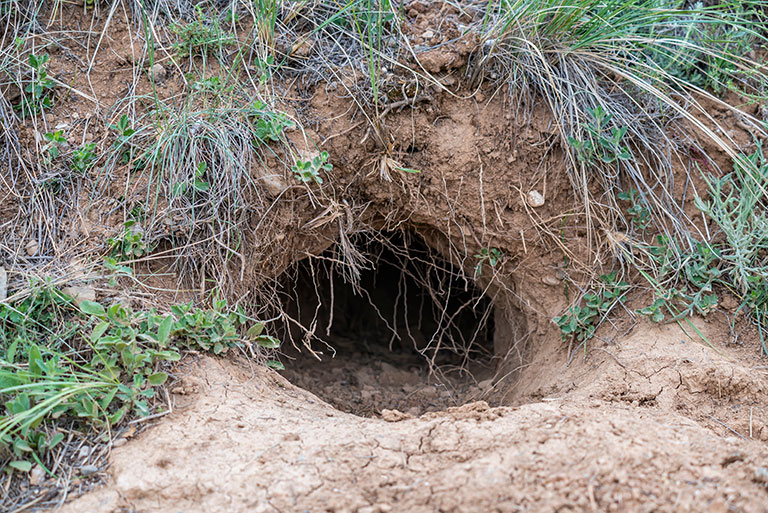
If you’re a rabbit owner, you might have noticed some peculiar behaviors, such as your rabbit digging in its litter box or bedding and then peeing shortly afterward. This behavior can be puzzling and even a bit frustrating, especially if you’re trying to keep a clean living space for your furry friend. But why do rabbits pee after digging? In this article, we’ll explore the reasons behind this behavior and offer some tips on how to manage it effectively.
1. Instinctual Behavior: Digging and Peeing as a Survival Mechanism
Rabbits are natural diggers. In the wild, they dig to create burrows for shelter and safety. Digging is an instinctual behavior that helps them survive by providing a place to hide from predators and extreme weather. This behavior doesn’t disappear when rabbits are domesticated; it’s ingrained in their nature.
Connection to Peeing:
- Territorial Marking: After digging, a rabbit might pee as a way to mark its territory. In the wild, this helps signal to other rabbits that the area is claimed.
- Comfort and Familiarity: Digging and peeing in the same spot can make the area smell more like them, providing a sense of security and comfort.
2. Communication and Social Behavior
Rabbits are social animals and use various methods to communicate with other rabbits and their owners. Peeing after digging can be a form of communication.
Reasons Related to Social Behavior:
- Scent Marking: By peeing in the dug area, rabbits release pheromones that communicate their presence to others. This can be a way to establish dominance or simply indicate that the area is familiar and safe.
- Attention-Seeking: Some rabbits might dig and then pee to get the attention of their owners, especially if they feel neglected or bored.
3. Environmental and Emotional Triggers
Sometimes, a rabbit’s environment or emotional state can trigger digging and subsequent peeing. Changes in their surroundings, such as a new pet or a move to a different home, can lead to increased digging and marking behaviors.
Environmental and Emotional Factors:
- Stress or Anxiety: A stressed or anxious rabbit may dig and pee more frequently as a coping mechanism. This behavior helps them feel more secure in their environment.
- Boredom: Rabbits need mental and physical stimulation. If they are bored, they might start digging more and subsequently peeing as a way to relieve that boredom or seek interaction.
4. Health Issues to Consider
While digging and peeing can be normal behaviors, excessive or sudden changes in these habits can sometimes indicate underlying health issues.
Health Concerns to Watch Out For:
- Urinary Tract Infections (UTIs): If your rabbit is peeing frequently or seems to be in discomfort while peeing, it could be a sign of a UTI or other urinary health problems. In this case, consulting a vet is essential.
- Hormonal Changes: Unneutered or unspayed rabbits might exhibit more territorial behaviors, including digging and peeing, due to hormonal influences.
5. How to Manage Digging and Peeing Behavior
Managing your rabbit’s digging and peeing behavior involves understanding their needs and providing appropriate outlets for their instincts.

Tips for Managing the Behavior:
- Provide Digging Alternatives: Give your rabbit a designated digging area, such as a box filled with shredded paper or hay, to satisfy their natural instincts without leading to unwanted messes.
- Encourage Litter Training: Consistently place your rabbit in its litter box after digging to encourage peeing in the appropriate spot.
- Reduce Stress: Ensure your rabbit has a safe, calm environment, and plenty of social interaction to reduce stress-related behaviors.
- Regular Vet Check-ups: Keep up with regular vet visits to catch any potential health issues early, ensuring that excessive peeing isn’t due to a medical condition.
Conclusion
Understanding why rabbits dig and then pee can help you better manage this behavior and create a happier environment for your pet. Remember that this behavior is natural and often tied to their instincts and social needs. By providing appropriate outlets for digging and ensuring they feel safe and comfortable, you can minimize unwanted behaviors and foster a strong bond with your furry friend.
Feel free to adjust this article to suit your blog’s tone, and remember that understanding your pet’s behavior is key to being a responsible and caring rabbit owner!